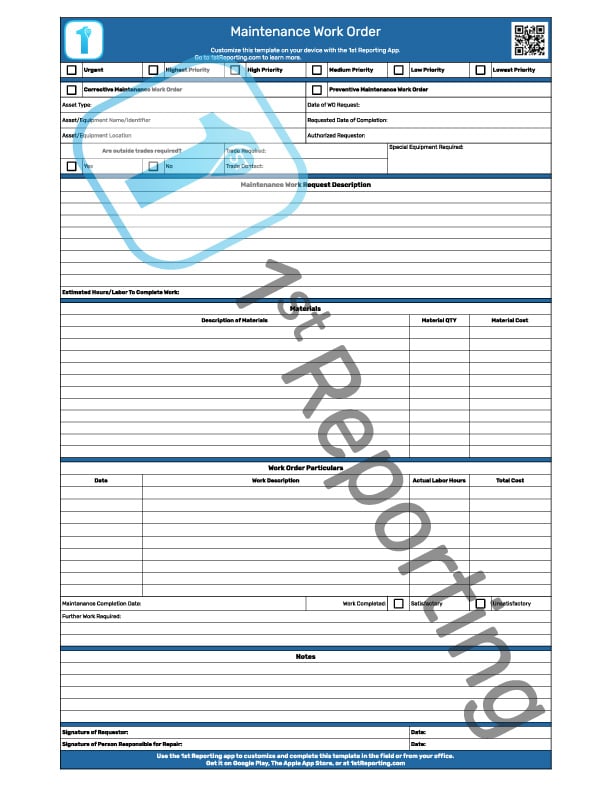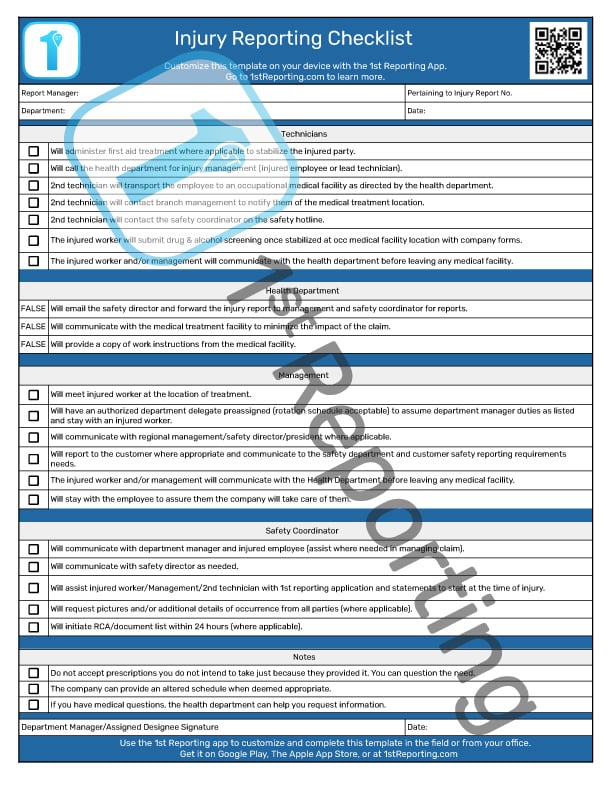Introducing Evaluation and Analysis: Two Power Players in Management! In today’s dynamic management landscape, we’ve got two heavyweights on our hands: evaluation and analysis. Each is unique, and each is crucial. But what’s the difference, and why should we care?
Let’s break it down. Evaluation is all about judgment and subjectivity. It’s assessing skills, quality, performance—you name it. Managers use it to make decisions, provide feedback, and boost improvement. It’s everywhere, from HR to manufacturing. You get the idea.
Now, analysis is all about data and objectivity. We’re interpreting, we’re explaining, we’re finding patterns. It’s a game-changer for problem-solving and research. It’s the backbone of intelligent decision-making.
So, evaluation and analysis? They’re a dynamic duo, a match made in management heaven. But wait, there’s more! We’ll tackle challenges, explore scenarios, and discuss going digital with 1st Reporting—an app revolutionizing data capture and custom form building.
Ready to dive in? Let’s go!
Understanding Evaluation
Evaluations are somewhat subjective. They are the assessments that call upon our experiences to define key variables on which we’ll focus our attention. Furthermore, the means by which we evaluate, when, and why are also managed by our experience in our field.
With the understanding of experience, evaluations are required for multiple purposes, from training new staff, for example, nurse evaluations, or to ensuring safety precautions are in place, such as a health and safety evaluation.
In your position, you’ll likely encounter all kinds of scenarios where you or a team member will complete an evaluation. You might assess the skills of a junior member of your team, or you might perform a supplier audit. Either way, evaluations constantly permeate our roles, no matter the industry.
Criteria Assessment
We’ve discussed the subjective nature of evaluations, but there’s a flip side to this coin: organized criteria. One of my favorite parts of creating, performing, and administering evaluations is establishing evaluative criteria.
Using experience and research, we can derive the best criteria and key indicators to ensure evaluations meet two rules. First, we need standardized evaluation criteria. Whether it’s a simple daily vehicle or equipment inspection, or a supplier performance evaluation, maintaining standardized criteria allows you to track trends over time accurately. Trends that evolving standards won’t capture.
Evaluation is a subjective process involving judgments and assessments based on predefined criteria. The evaluation aims to determine the value, effectiveness, or quality of individuals, techniques, equipment, or outcomes. Managers use evaluation to assess performance, provide feedback, allocate resources, and make improvements.
Understanding Analysis
Analysis has a different meaning from evaluation, even though it is somewhat subjective. Analysis often involves using scientific methods, statistical tools, and comprehensive planning.
Analysis requires critical thinking and systematic examination of information to derive meaningful conclusions. The results are typically based on empirical and quantitative or qualitative data.
The goals of analysis include the interpretation of data and understanding how trends within that data affect your operations. An analysis is critical to transforming our processes into safer, more efficient versions of themselves.
Evaluating the Evaluation and Analyzing the Analysis

In terms of operational change, both evaluations and analysis are critical aspects of your management roles. Both are subjective, yet both are clearly defined by the variables we determine. What matters here is that we have two things in place:
- First, we need the means to document information gathered during an evaluation process or critical analysis.
- Second, we need the means to retrieve and analyze the information gathered.
Given these two key ingredients, reviewing both the evaluation process and intrinsic analysis is essential. I imagine you have plenty of both within your organization. Taking the time to review each, how well defined, and how valuable the results are, are essential to ensuring that your processes of evaluation or analysis are not in vain.
Furthermore, it’s essential to determine the efficacy of both your evaluations and analysis processes. How long it takes for these to occur and how long it takes to understand the relevant results are metrics that will help you determine if your processes require adjustments.
One of the classic challenges of the evaluation process, or the analysis methodology, is bridging the gap between the beginning of either process and a comprehensive understanding of the results. Classically, evaluations and analyses are time-consuming processes. There’s no doubt of that. However, the analysis of results and a formative report documenting findings involve a period of time we’ll call report lag.
Report lag is a significant issue in all industries, but it isn’t one we can’t overcome. Let’s look at one of the best ways to resolve this and many other issues from inefficient evaluation or analysis processes.
Resolving Issues With Evaluation and Analysis Information Capture
Consistent and accurate information capture is one of the biggest challenges regarding at-work evaluations or analysis procedures. Furthermore, retrieving and interpreting said information, if on paper-based forms and reports, poses a whole other set of challenges.
Spending crucial infrastructure resources on inefficient tasks like manual information retrieval, filing, and other administrative tasks wastes resources. Furthermore, it’s a waste of time better spent performing other tasks that are more profitable to your organization.
How can we transform our evaluations and analysis procedures for a more efficient and beneficial outcome? The answer is to consider letting go of the ways of the past and embracing new technologies that make our jobs more efficient and, thus, more straightforward.
Going Digital With Evaluations and Analysis Procedures
Transforming your documentation of evaluations and using technology to speed the analysis process are both key to transforming your organization. A transformation much needed in today’s growing technological society. Paper may have been fundamental twenty years ago, but there’s little room for it in the digital age.
If moving to digital evaluation documentation seems challenging, consider the difficulty of losing business or funding due to being behind everyone else in efficiency. Technology isn’t something to be afraid of. In fact, you can embrace it to resolve many issues with paper-based evaluation and analysis documentation.
Let me introduce you to 1st Reporting – the all-in-one digital form creation, completion, and management solution.
Here are a few of the features you can expect with 1st Reporting, which will make you wonder why you still use paper.
- Simple and powerful form customization – our form builder means that if one of our many library templates doesn’t suit you, you can amend it (or make a new one from scratch).
- Automated, customizable notifications – use our app to bridge the communications gap between teams and their supervisors. Give your management team greater clarity and control over in-house or remote teams’ operations.
- Customizable report management – two things stand out here, one is the management dashboard with its customizable map views so you can see and filter your completed reports visually, and the second is your ability to control the powerful report creation, so you can catch trends that people using paper forms will miss.
The 1st Reporting app makes using evaluative analysis and evaluations easy. Put it all together, and you have one powerful reporting tool for you and your team.



